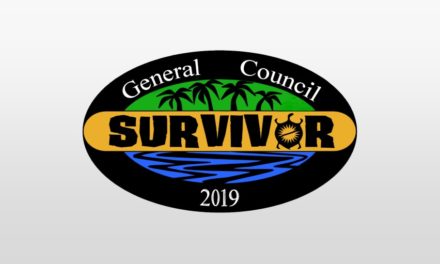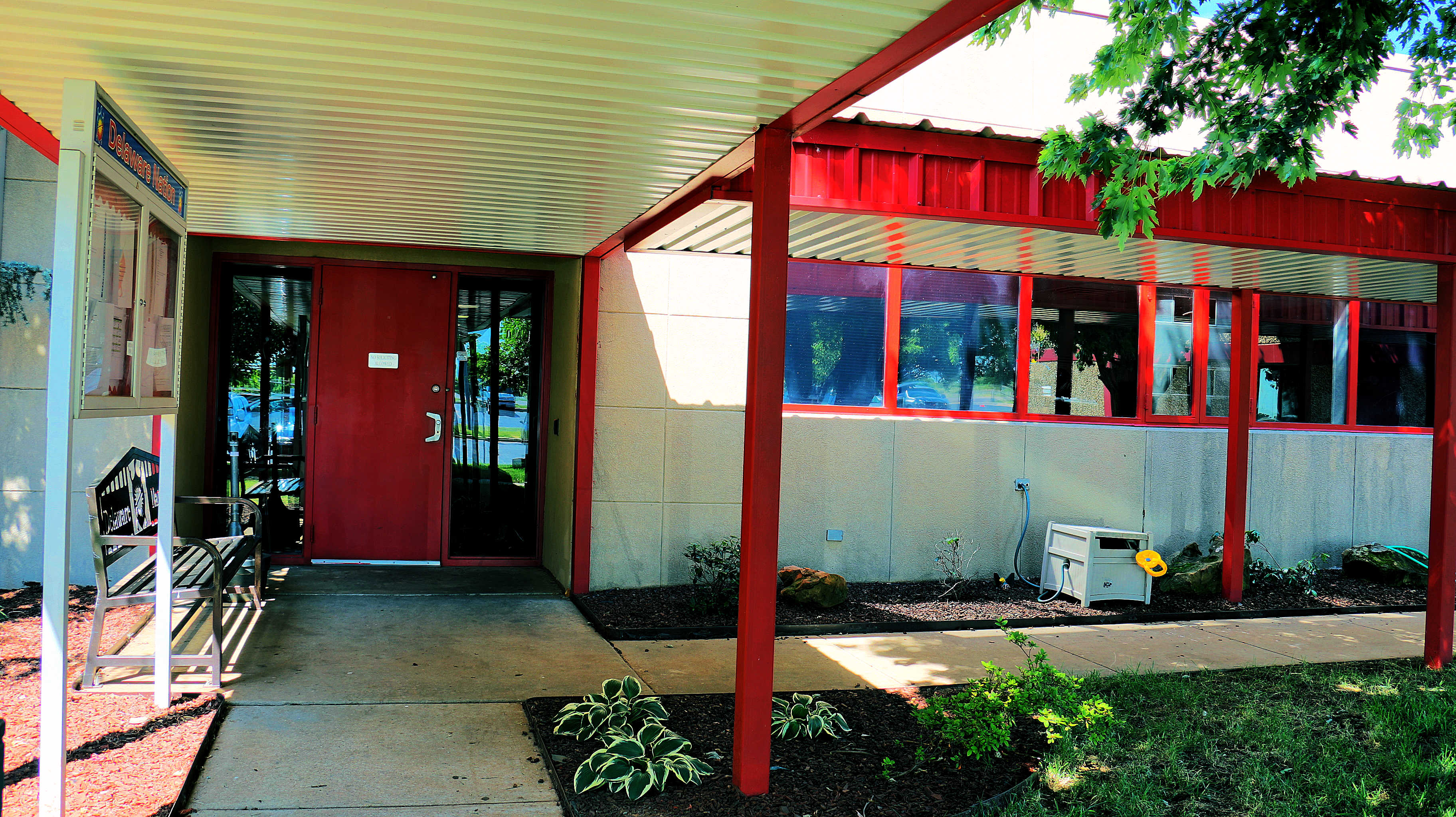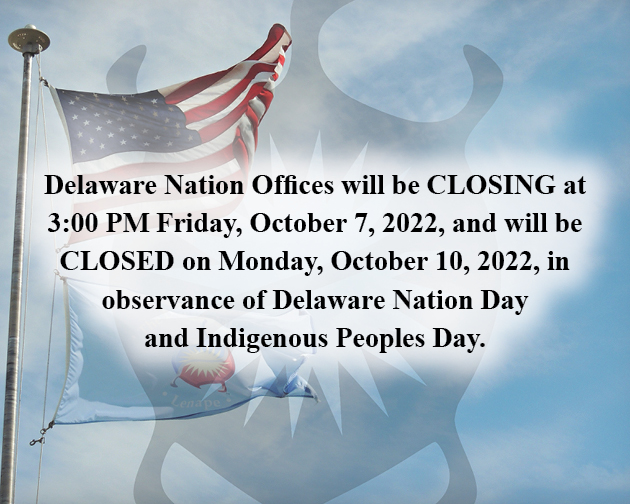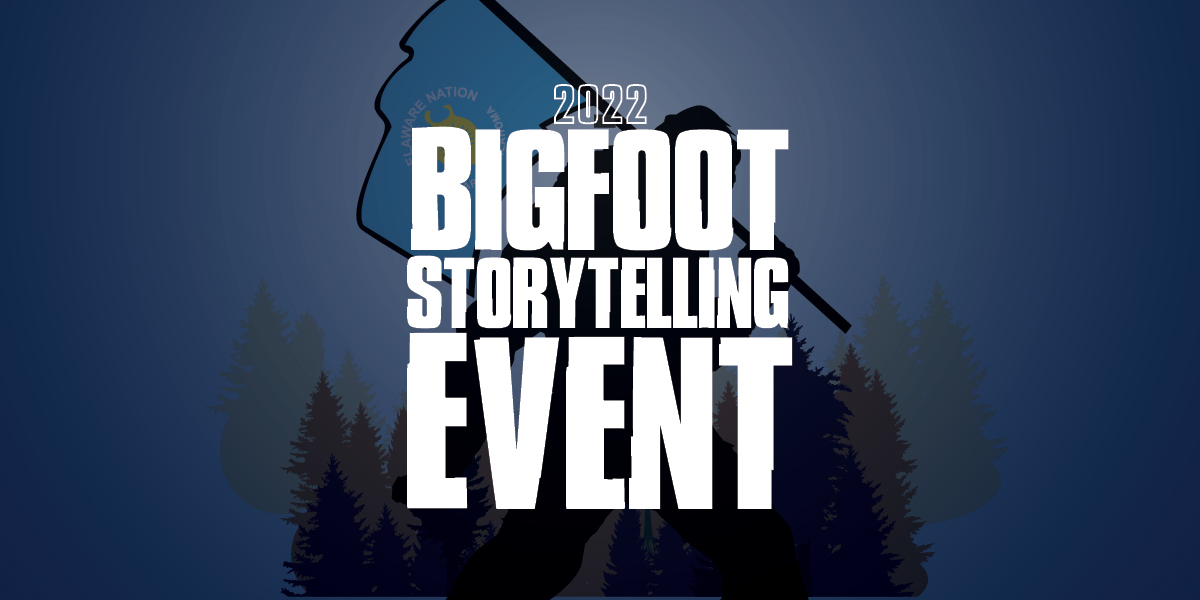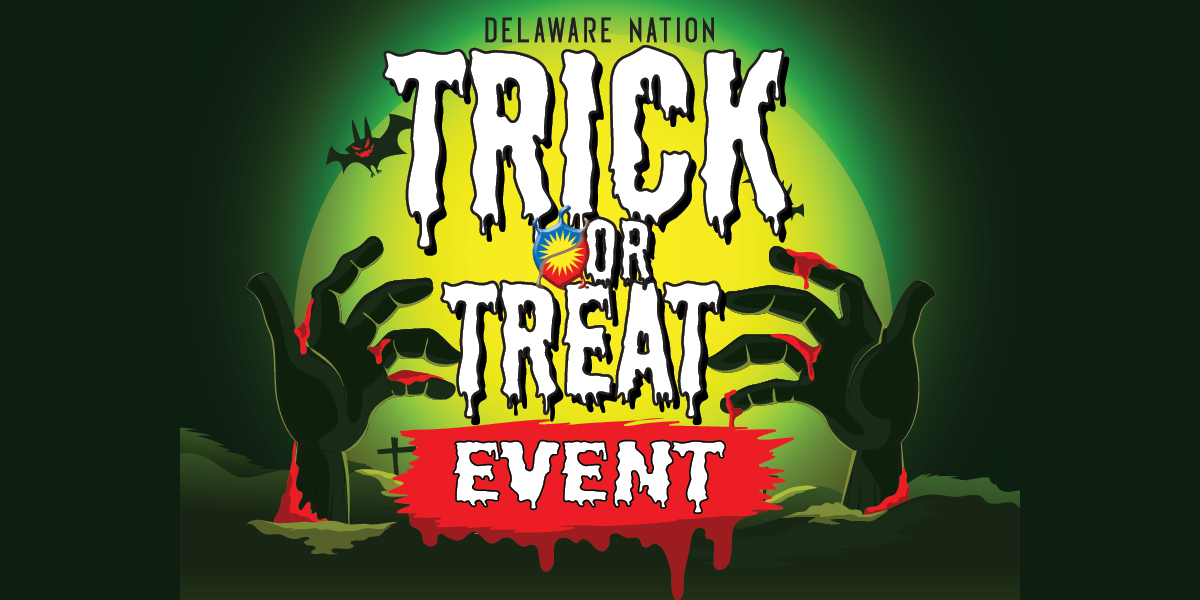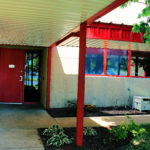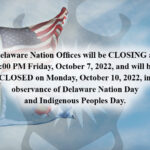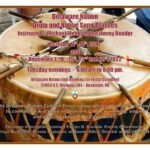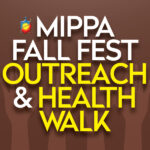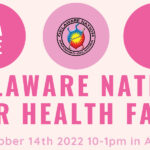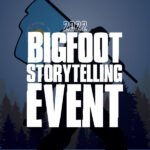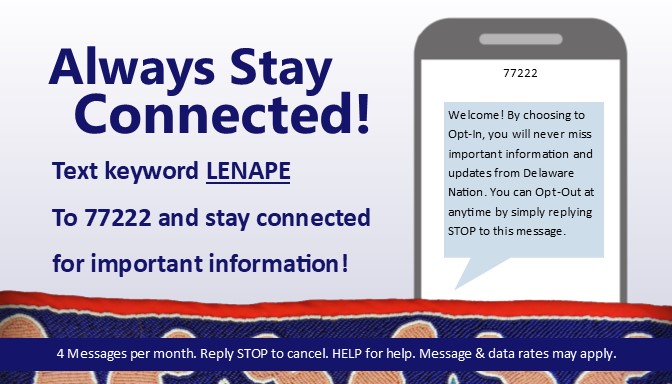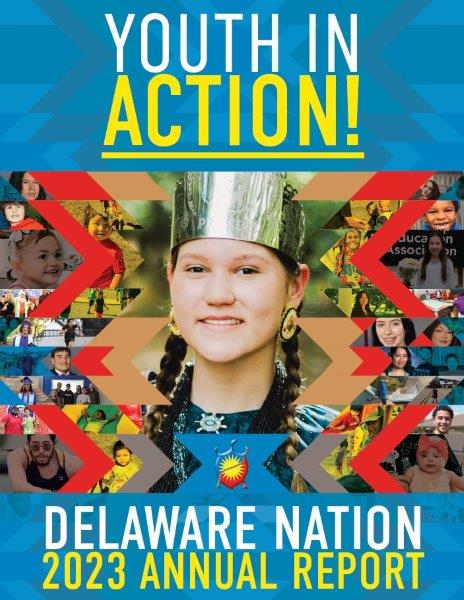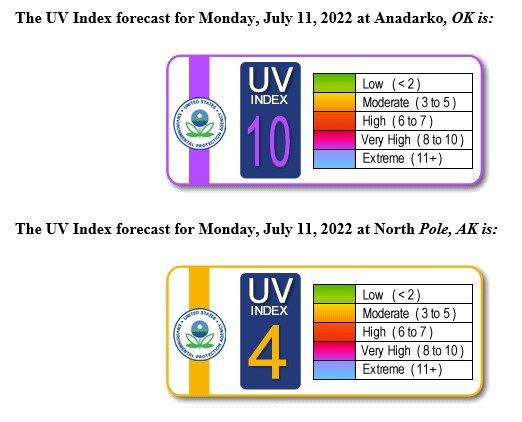
As pollutants are put into our atmosphere, the ozone layer depletes. This decreases our natural protection from the sun’s harmful ultraviolet (UV) radiation. In other words, more pollution, more sunburn. UV radiation can cause major health problems that can last longer after the sunburn disappears. Skin cancer, premature aging, damages to the eyes such as cataracts, and immune system suppression are all health effects related to prolonged sun exposure. The two major types of skin cancer related to UV radiation or sun/tanning bed exposure is melanoma and non-melanoma. Melanoma accounts for more than 75% of skin cancer deaths. The two most common, non-melanoma cancers are Basal Cell Carcinomas (tumors that do NOT spread) and Squamous Cell Carcinomas (tumors that DO spread). To protect your skin, please wear protective clothing, such as hats and shirts that cover your skin, and at least SPF 30 sunscreen. Even if you do not look or feel sunburned, UV radiation is penetrating your skin while you are exposed to sunlight or tanning beds. EPA has a UV Index calculator so that you can see the UV index in your area and can protect yourself and family from harmful prolonged UV radiation.
https://www.epa.gov/sunsafety/uv-index-1
Once at the website, enter your zip code. The website will bring up a hyperlink that shows the UV index in your area. On 7/11/2022 for Anadarko, Oklahoma, it is “Very High” (UV INDEX: 10) and protection from the sun is needed. It is suggested to protect yourself by wearing appropriate clothing, hats, shades, and SPF 30 sunscreen. It is also suggested to seek shade and limit sun exposure from 10am to 4pm. On 7/11/2022 for North Pole, Alaska, it is “Moderate” (UV INDEX 4) and suggests to wear sunscreen and seek shade during midday hours if needed for extra protection.
-By Jaclyn McCasland Environmental Programs Director 7/11/2022 | Photo by Wesley Boone Public Relations Officer



